|
Exhibit
open Monday-Saturday,
9:00 a.m.-5:00 p.m.
800
East Broad Street
Richmond, VA 23219-8000
804/692-3500
|
Pleasure
in the Garden
A
Landscape Exhibit
at the Library of Virginia
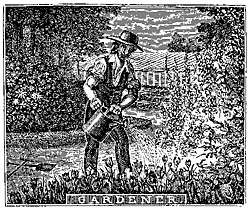
|
| |
|
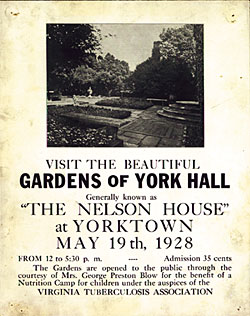 |
In his
1705 History and Present State of Virginia, Robert Beverley asked of his
readers, "Have you pleasure in a Garden?" He continued,
"all things thrive in it, most
surpriseingly; you can't walk by a Bed of Flowers, but besides
the entertainment of their Beauty, your Eyes will be saluted."
Vegetable garden, flower garden, orchard, kitchen garden, pleasure
garden-Virginians tilled and planted a variety of gardens from the
beginning of settlement. Gardens not only provided food but also offered
pleasing and colorful vistas as well as places for leisure. Wealthy
planters oversaw creation of formal gardens with geometric shapes and
graveled walks. As cities and towns grew, Virginians turned away from
large gardens to backyard plots that provided vegetables, herbs, and
fruits as well as flowers. At the heart of gardening and landscape
design was a desire to impose order on the landscape. |
| Colonial
Virginians did not lack for hints on how to lay out gardens, what to
grow, or how to harvest. Between 1730 and 1750, English publishers
issued twenty-four garden books; between 1765 and 1785 sixty-six books
on gardening appeared in print. Works on gardening and husbandry
provided detailed instructions on what elements made up a "compleat
garden." The ideal garden consisted of six parts: a pleasure
garden, a kitchen garden, an orchard, a park, an orangery or greenhouse,
and a menagerie. The pleasure garden was the most elaborate, with
geometric plantings, terraces, fountains and pools, alleÚs, and arbors.
But, as gardeners-turned-writers noted, orchards and kitchen gardens
also afforded pleasure in attractive and diverse varieties of plantings.
Although flowers mingled with herbs and vegetables in early Virginia
gardens, gradually landscape gardeners advocated plantings of shade
trees, shrubbery, and ornamental trees to achieve a naturalistic design
that reflected yet minimized human intervention. |
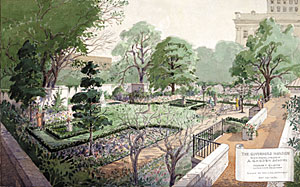 |
|
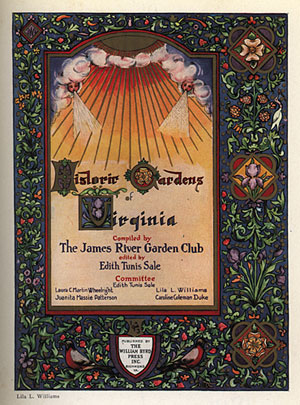 |
Virginia's
early gardeners participated in a lively trade of seeds and plants.
During the 18th century John Custis, of Williamsburg, maintained an
extensive correspondence with Peter Collinson, of London, and sent
cuttings and seeds from his Williamsburg gardens. By the end of the
Revolution, seedsmen and nurserymen were advertising an amazing array of
fruit trees, shrubs, and seeds to Virginia gardeners. Calendars,
gardening books that detailed monthly activities, often included
listings of plants with both common and scientific names, according to
the Linnean classification. George Washington and Thomas Jefferson both
experimented with plant production and carefully supervised their
gardens, adapting European gardening styles to their Virginia lands. |
| Early
gardening books suggested that gardens and orchards be sited south of
the dwelling, which would provide protection from north winds. Large
landowners in colonial Virginia created formal gardens as displays of
wealth and education. Laying out a successful formal garden required
familiarity not only with the classics and aesthetics, but also, and
more important, geometry, botany, husbandry, surveying, and
architecture. By the nineteenth century, American horticulturists were
writing how-to books filled with hints on gardening and landscaping.
The Horticulturist and other monthly magazines offered advice on
garden design, soil conditioning, and appropriate plants. Suburban
houses replicated the traditional farm with a detached house surrounded
by the front lawn (the meadow) and the backyard (the garden). Gardeners
experimented with exotic plants or unusual combinations to achieve
painterly compositions. |
 |
|
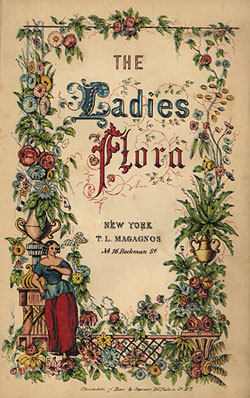 |
Public
parks and pleasure gardens offered respite and entertainment for city
dwellers. Pleasure gardens incorporated ornamental plantings with small
buildings for concessions and entertainments. Public cemeteries, such as
Hollywood Cemetery in Richmond, through its curving roads and plantings
of native trees, doubled as attractive parks where city dwellers could
picnic, learn something about contemporary sculpture, or contemplate
their mortality. |
| Women had
long been responsible for kitchen gardens to provide both vegetables for
the table and medicines to treat sickness. Housekeeping manuals and
gardening books recommended that children garden to learn
responsibility. Girls and women kept gardens for healthful exercise and
to provide flowers for their houses. Women also organized garden clubs
to encourage gardening. In 1913 the Warrenton Garden Club, established
in 1911, became one of twelve founding clubs of the Garden Club of
America. The Virginia clubs joined together in 1920 to form the Garden
Club of Virginia, which, in 1922, established a conservation committee
to promote roadside beauty and protection of native flora. Beginning in
1929 the Garden Club of Virginia sponsored the Historic Garden Week to
raise funds for education and garden research and restoration. Kenmore,
the home of Colonel Fielding Lewis and his wife Betty Washington Lewis,
was the first site to receive the largesse of the Garden Club of
Virginia. Landscape architects Charles Gillette and Arthur
Shurcliff created heritage gardens that made use of archaeological and
document research but that evoked, rather than re-created, the colonial
world. |
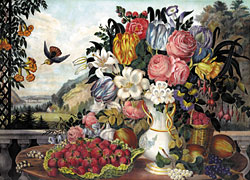
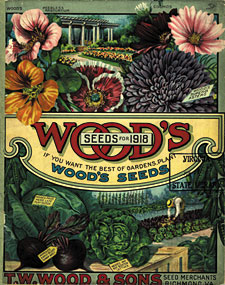 |
|
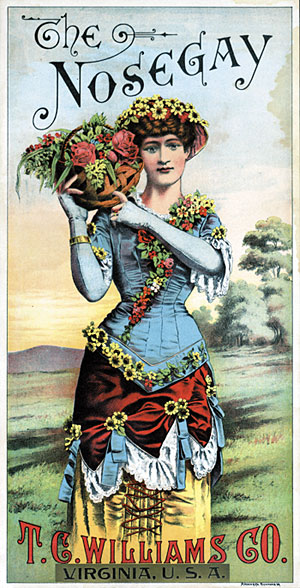 |
Magazines
dedicated to interior design and home improvement included photographs
and articles on historic gardens. Marketed to amateur gardeners living
in suburbs, these publications spurred an intense interest in heirloom
plants to recapture the flowers and plants available to Virginians of
earlier times. More important, magazines such as House and Garden,
Ladies' Home Journal, House Beautiful, Country Life in America, and many
others disseminated styles of gardening for different climatic zones
and, through illustrated articles, offered proof that gardening was a
democratic hobby that repaid practitioners with satisfaction and
pleasure. |
| |
|
|

Charles
F. Gillette Photograph Collection
Genius in the Garden: Charles F. Gillette and Landscape Architecture in
Virginia |
|